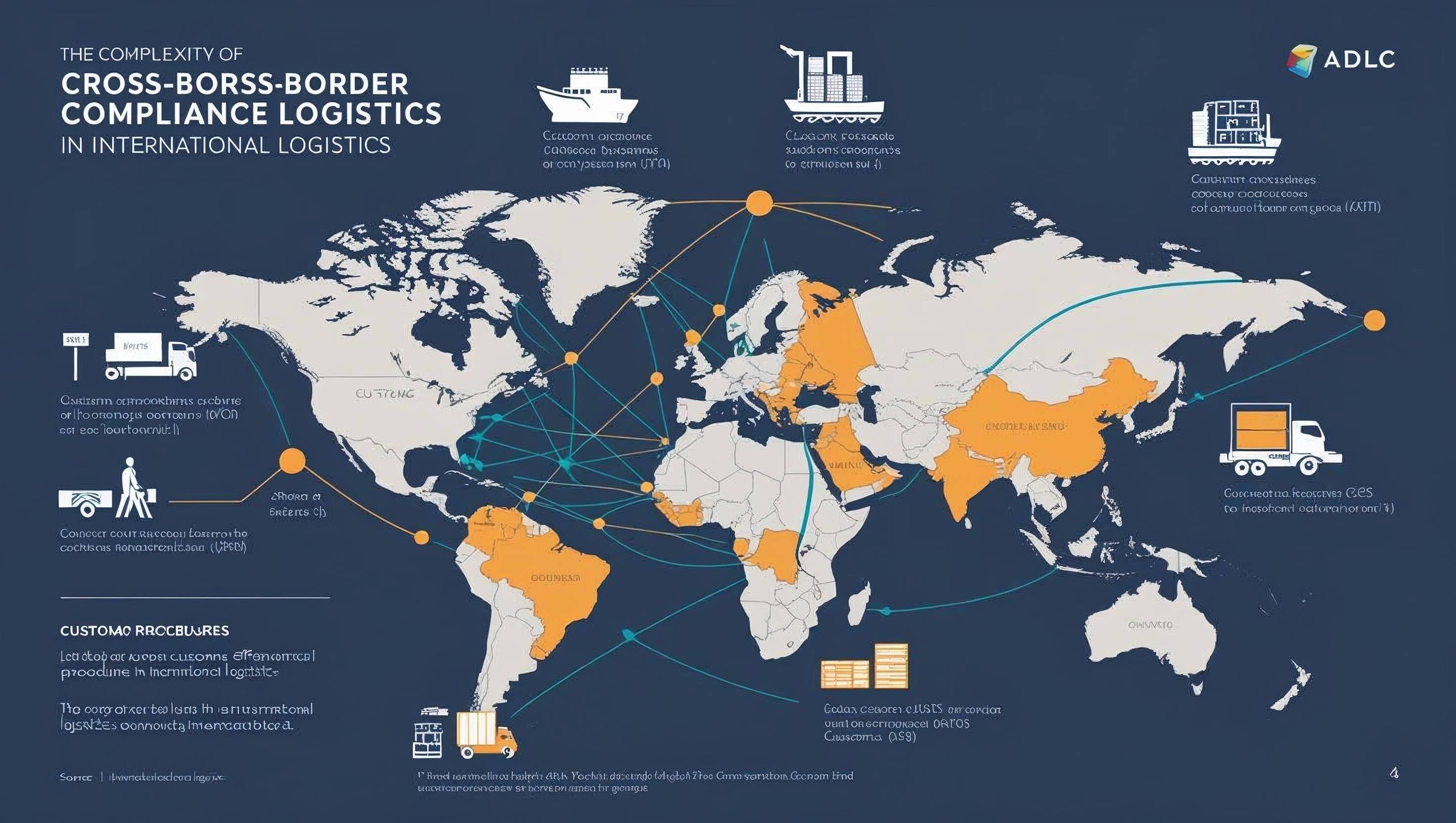
In the fast-paced world of global trade, businesses and individuals increasingly rely on international shipping services to connect markets, deliver products, and fuel growth. Yet, one of the most complex hurdles in this landscape is cross-border compliance. Navigating customs regulations, documentation, and duties is essential for smooth and reliable cargo shipping-and mastering these challenges is what sets leading logistics services apart.
Trade regulations are in constant flux, with new agreements, tariffs, and compliance requirements emerging across regions. For companies engaged in international courier service, service cargo, or cargo transport, staying up to date with these changes is critical. Even a minor documentation error or misclassification can lead to shipment delays, unexpected costs, or, worse, cargo being held at the border.
Accurate product classification is the foundation of customs compliance. The Harmonized System (HS) code is used globally to identify products for duties and regulations. Manual HS code assignment is prone to errors, especially for businesses managing diverse inventories or shipping to multiple countries. Automated HS code mapping tools minimize manual mistakes and reduce the risk of shipment hold-ups by instantly matching products to the correct codes based on the latest customs databases.
This automation not only streamlines the process but also ensures compliance with international standards, making it a must-have for any business aiming for efficient logistics delivery and global logistics operations.
One of the most common pain points in international freight is the lack of clarity around duties and taxes. Duty calculators integrated into shipping services platforms provide instant visibility into the landed cost of goods for both B2B and B2C shipments. By offering upfront estimates, businesses can set accurate pricing for shipping, avoid surprises, and build trust with their customers.
For example, a B2C e-commerce retailer can display total costs, including duties and taxes, at checkout, improving conversion rates and customer satisfaction. For B2B shipments, transparent duty calculations help companies manage budgets and negotiate better with partners.
Delays at customs are often caused by slow document exchange and outdated status updates. Customs sync APIs enable real-time data sharing between logistics providers and customs authorities, ensuring that shipment information, compliance documents, and clearance statuses are always up to date. This integration accelerates customs processing, reduces documentation lag, and allows for proactive problem-solving if issues arise.
For businesses relying on door door delivery or time-sensitive logistics shipping, this real-time synchronization is a game changer-keeping shipments on track and customers informed through tracking shipping and tracking delivery portals.
Consider a Bengaluru-based exporter who recently adopted smart classification tools for their international shipments. By automating HS code mapping and integrating customs APIs, the company reduced documentation lag by 40%, significantly speeding up customs clearance and enhancing their international delivery services. This efficiency not only improved their reputation with overseas clients but also allowed for more predictable and reliable logistics and services.
To excel in cross-border logistics, businesses should:
Leverage Automation: Adopt automated HS code mapping and duty calculators to minimize human error and ensure compliance.
Integrate Technology: Use customs sync APIs to keep shipment data current and accelerate processing.
Stay Informed: Regularly update internal teams on changing trade regulations and customs requirements.
Prioritize Transparency: Offer clear, upfront landed cost calculations to customers and partners.
Partner with Experts: Work with experienced service cargo providers and customs brokers who understand the nuances of international compliance.
As global logistics becomes more interconnected, digital transformation will continue to drive innovation in compliance. Advanced analytics, AI-driven classification, and seamless integration between logistics platforms and customs agencies will further reduce friction and make international logistics more predictable and customer-centric.
Mastering cross-border compliance is not just about avoiding delays-it’s about building a foundation for scalable, reliable, and transparent cargo services. By embracing automation, transparent pricing, and real-time integration, businesses can turn customs from a bottleneck into a competitive advantage. In the ever-evolving world of international shipping services, those who prioritize compliance and innovation will lead the way in delivering seamless, global experiences.